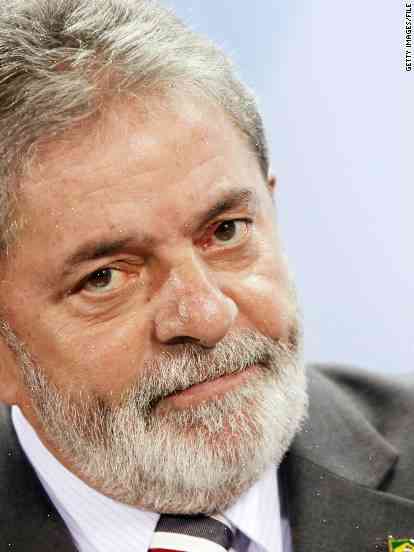Luiz Inacio Lula da Silva Fast Facts (Brazilian President)
Lula’s biography was based on the truth. He came to power in October 2003, just after the impeachment of President Fernando Collor de Mello. Lula beat out two other candidates in a runoff election for the party’s nomination. After a long struggle with cancer, Lula completed his prison term in July 2011. His political life continued after his release, and he has been involved in numerous political changes since, becoming a leader in the Latin American left.
Lula was born on August 8, 1945, in São Bernardo do Campo, Rio de Janeiro, Brazil. As a young boy, he was encouraged by his mother to learn to play the guitar and write poetry. After graduating as a high school art student in São Paulo, he went to England to study for his degree in fine art, studying art in Manchester at the University of Manchester, where he studied drawing and painting under the direction of Sir Peter Blake and Professor David Hockney. His art degree allowed him to attend the Chelsea Art School in London, where he received several advanced degrees in art and architecture. After working in London for four years, he returned to Brazil and taught art at the prestigious Escola de Belas Artes in Rio. In 1976, he moved to New York to pursue his own art career, and in 1980, he established a permanent foundation in Brazil, the Fundação Lula, to promote his art in the country.
At the center of Lula’s political life is his “economic platform,” which consists of a series of proposals for structural and institutional changes: a tax-centered economy, the legalization of abortion, legalization of political parties, and the reduction of the number of politicians in Congress. Lula’s economic platform has been a center of controversy in Brazilian politics for the last eight years.
Lula began his political career in the United States, at the age of 35, as a member of the Workers Party (PT) in the

